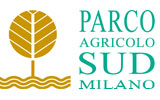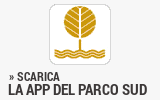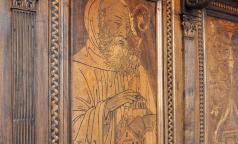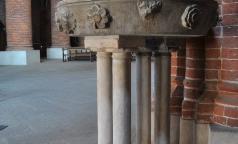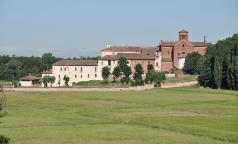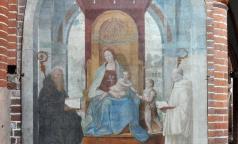Abbazia di Morimondo
Tel: 02 9496.1919 (Fondazione Abbazia di Morimondo)
Fax: 02 9496.1919
Sito Web
Opening hours
The church is usually open for prayers.
Guided visits for groups upon booking; special programs for schools and students.
For information +39 02 94961919 (Fondazione Abbazia Morimondo)
Partially accessible to the disabled
History
The Abbey of Morimondo was founded in 1134 by the Cistercian monks originating from the French Abbey of Morimond, to the north of Dijon. From its earliest decades, the monastery became - like others in the region Bassa - a promotional centre for agricultural colonisation and reclamation, accumulating significant possessions. Up until mid 1400, however, Morimondo began to lose importance and in 1799, under Napoleon, the Abbey was abolished.Only in 1952 it began to inhabited by monks once again.
Two arches stand in the beautiful square, dominated by a side of the abbey church dedicated to Santa Maria Nascente, built between 1182 and 1292. The layout is basilican, with three naves, with vaults upheld by round arches that rest on cylindrical pillars. On the cross there is a small octagonal crossing tower. Among with works of art on the inside, the most noteworthy items are the fourteenth century holy water font at the first pillar, the Madonna with Child and the Saints Benedict and Bernard at the fourth bay which are the work of Bernardino Luini (a torn fresco: not originally painted here) and above all the wooden choir, with 70 walnut inlaid stalls created by Francesco Giramo from Abbiategrasso some time before 1522. Only one wing of the cloister, which was rebuilt between 1400 and 1500 is original.The two nave capitular room still has the Cistercian forms.
Details
art period: gothic
painter: Bernardino Luini
art period: from antiquity to romanesque
Notes
The Cistercian order was founded in 1098, in Citeaux in Burgundy, when Robert of Molesme desired to restore the Benedictine rule to the simplicity of its origins. Two of their most important abbeys are found in the Milan area: Morimondo and Chiaravalle. Cistercian architecture is based on St. Bernard's so-called "pilot project". A modular-type structure is created according to precise rules, which firmly establish the proportions of the ecclesiastical building and the layout of the various components of the complex. The demands of poverty, moreover, denied the possibility of adding any decorative elements.


